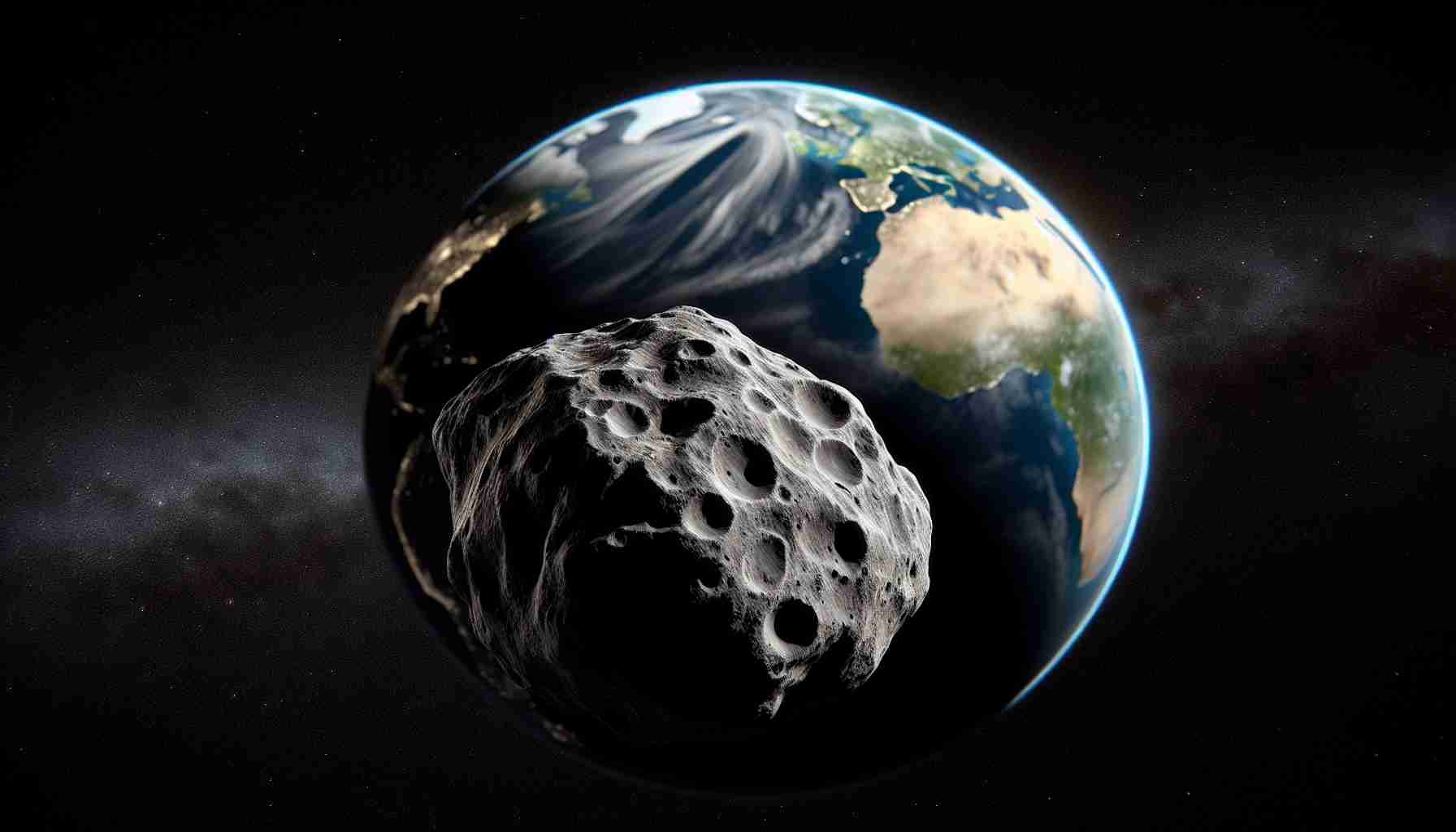Scientists have spotted a tiny asteroid, only 10 meters long, that is about to be captured by Earth’s gravity for a 53-day orbit. This small space rock, named 2024 PT5, will become a temporary “mini moon” before continuing its journey to the outer reaches of the solar system.
In a recent study published in the Research Notes of the American Astronomical Society, details reveal that this small asteroid will loop around Earth from September 29 to November 25.
Not Your Average Space Junk
Unlike typical space debris, these mini moons are challenging to observe and officially classify due to their fleeting appearances in Earth’s orbit. While some objects are man-made, like the European Space Agency’s spacecraft Gaia misidentified as a second moon in 2015, scientists are confident that 2024 PT5 is a natural object.
A Piece of the Moon?
Researchers suggest that 2024 PT5, discovered just last month, might have once been a fragment of the Moon. Despite debates among experts about labeling it a “mini moon” due to its brief visit, this asteroid serves as a fascinating reminder of the various objects that can be found in our planet’s orbit. After this brief encounter, the asteroid is predicted to make another slightly more distant pass by Earth in January and yet another in 2055.
New Details Emerge About Small Asteroid 2024 PT5 Passing Close to Earth
Following the recent discovery of the tiny asteroid 2024 PT5, more details have emerged about its upcoming close encounter with Earth. While the initial observations highlighted its impending capture by Earth’s gravity for a 53-day orbit, further research indicates additional intriguing aspects of this celestial event.
What Makes 2024 PT5 Unique?
One key fact that sets 2024 PT5 apart from typical space debris is its origin and composition. Recent spectral analysis by astronomers suggests that this asteroid may contain minerals and elements rarely found in other celestial bodies. This discovery has sparked interest among scientists looking to unlock the mysteries of the solar system’s early formation.
Key Questions and Answers
– Is 2024 PT5 a Threat to Earth?: While the asteroid’s trajectory brings it into close proximity with our planet, extensive calculations and simulations by experts have determined that there is no risk of impact or collision during its flyby.
– What Can We Learn from 2024 PT5?: This close encounter provides a unique opportunity for astronomers to study the asteroid’s surface properties, shape, and composition in detail. By analyzing these aspects, researchers hope to gain insights into the asteroid’s origins and history.
Challenges and Controversies
One pertinent challenge associated with monitoring and studying small asteroids like 2024 PT5 is the limited timeframe available for observation. Given the brief window of opportunity as the asteroid moves in and out of Earth’s orbit, scientists must coordinate efforts to gather as much data as possible during each close pass.
Advantages and Disadvantages
– Advantages: Close encounters with asteroids like 2024 PT5 offer valuable opportunities to expand our knowledge of the solar system and its celestial inhabitants. By studying these objects up close, scientists can refine their understanding of planetary formation and evolution.
– Disadvantages: The unpredictability of small asteroid behavior, coupled with limited observational windows, presents challenges in accurately predicting their paths and potential interactions with Earth. This uncertainty underscores the importance of ongoing research and monitoring efforts.
For more information on small asteroids and their impact on Earth, visit the Asteroid Watch at NASA.


